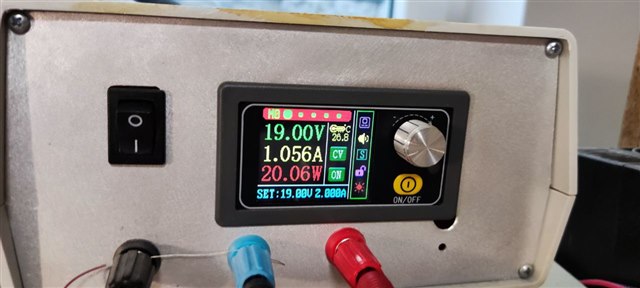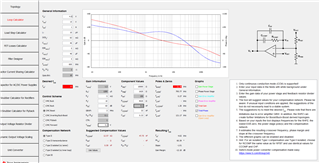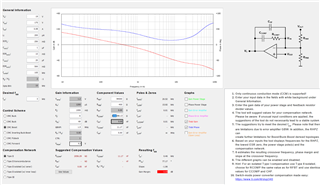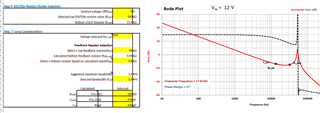Tool/software:
i created a classic boost for nixie, the first version was with poor perfomance, also i redign it and put bigger mosfet and bigger inductor: 
rerouted ground with as much as possible short ways:
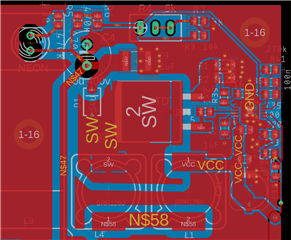
Input voltage : 12-19, output voltage 120-200v, 50-80mA, main MOSFET :
STB33N60M2, Mosfet, 600V, 26A, 190W,100mOm : https://www.st.com/en/power-transistors/stb33n60m2.html
Working frequncy 78KHz
but now it is work only without load, with 2.5-3W laod it stop working and still restart
this is voltage on current sense : 
this is voltage on power supply VCC : 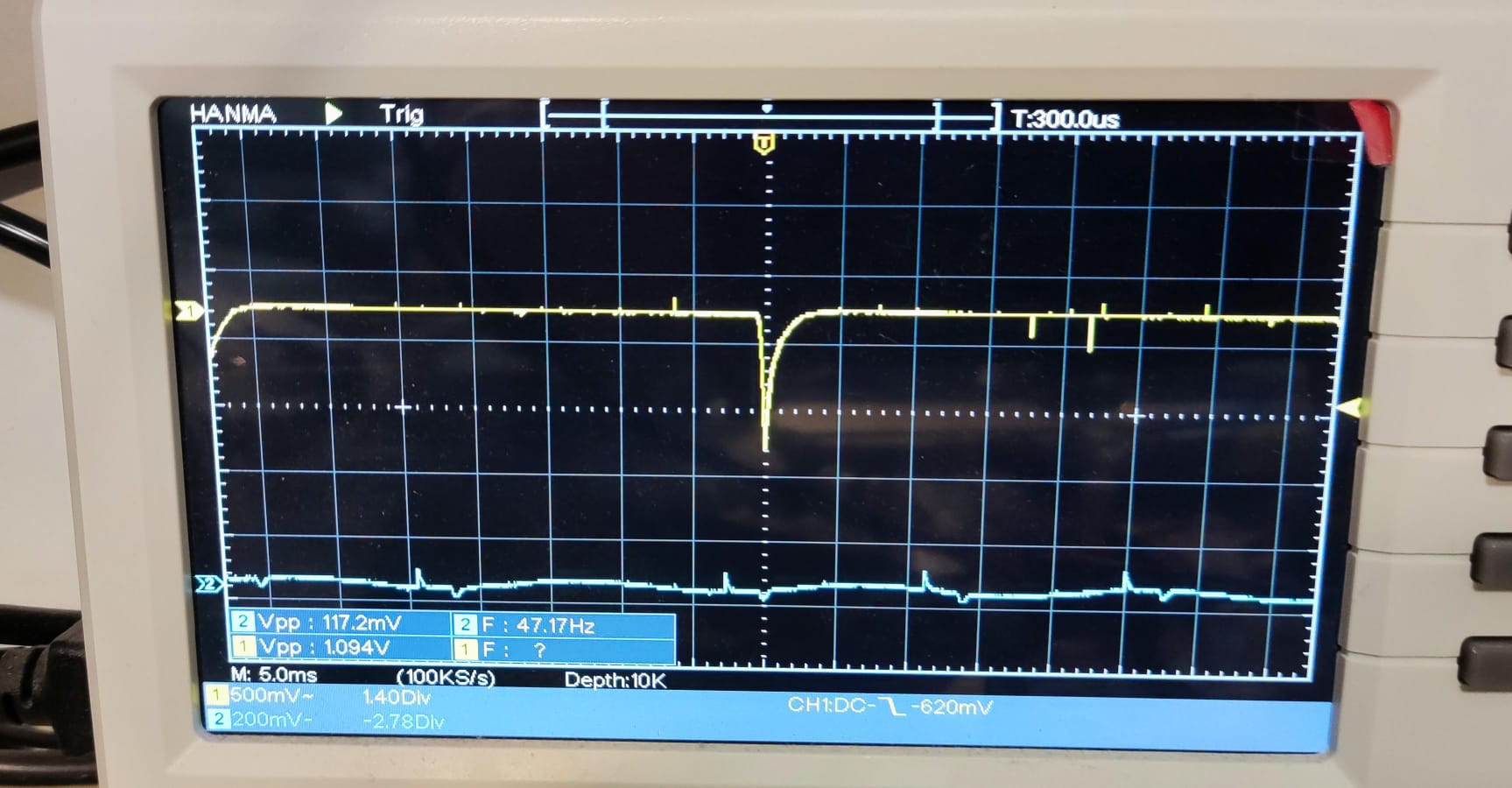
but i habe connected 20uF C8, and add 680uF direct over C8
This is how it look on gate of MOSFET:


and this is source: 
As i sad - this is only 2.5W load, without load it work, main coil will bu NOT saturted, i replaced it with big one, 350uH, up to 9A : 



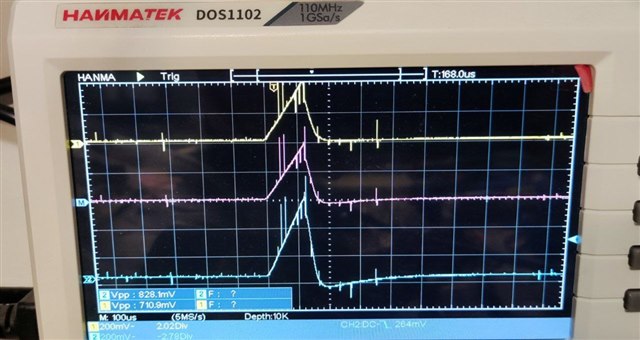









 no more wild and crazy swing
no more wild and crazy swing
